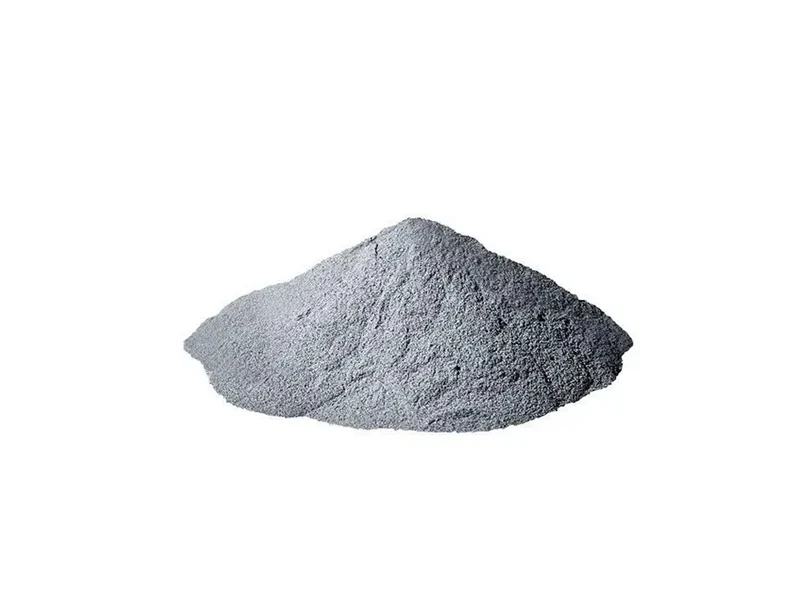Powder surface modifier

Surface coating modification means that the surface modifier has no chemical reaction with the particle surface, and the coating and the particle are connected by van der Waals force. This method is applicable to the surface modification of almost all kinds of inorganic particles. This method mainly uses inorganic compounds or organic compounds to coat the surface of the particles to weaken the agglomeration of the particles. In addition, the coating generates steric repulsion, which makes it very difficult for the particles to re-agglomerate. The modifiers used for coating modification include surfactants, hyperdispersants, inorganic substances, etc.
Surface chemical modification is completed by chemical reaction or chemical adsorption between the surface modifier and the particle surface. Mechanochemical modification refers to a modification method that changes the mineral lattice structure, crystal form, etc. through mechanical methods such as crushing, grinding, and friction, increases the internal energy of the system, increases the temperature, promotes the dissolution of particles, thermal decomposition, generates free radicals or ions, enhances the surface activity of minerals, and promotes the reaction or mutual adhesion of minerals and other substances to achieve the surface modification goal.
The precipitation reaction method is to add a precipitant to a solution containing powder particles, or to add a substance that can trigger the generation of a precipitant in the reaction system, so that the modified ions undergo a precipitation reaction and precipitate on the surface of the particles, thereby coating the particles. The precipitation method can be mainly divided into direct precipitation method, uniform precipitation method, non-uniform precipitation method, co-precipitation method, hydrolysis method, etc.
Capsule modification is a surface modification method that covers the surface of powder particles with a uniform and certain thickness of film. High-energy modification method is a method of modifying by initiating polymerization reaction by plasma or radiation treatment.
There are many types of surface modifiers, and there is no unified classification standard yet. According to the chemical properties of the surface modifier, it can be divided into organic modifiers and inorganic modifiers, which are used for organic surface modification and inorganic surface modification of powders respectively. Surface modifiers include coupling agents, surfactants, polyolefin oligomers, inorganic modifiers, etc.
The surface modification of powders is largely achieved through the action of surface modifiers on the surface of powders. Therefore, the formulation of surface modifiers (variety, dosage and usage) has an important influence on the modification effect of powder surface and the application performance of modified products. The formulation of surface modifiers is highly targeted, that is, it has the characteristics of “one key to open one lock”. The formulation of surface modifiers includes the selection of varieties, determination of dosage and usage.
Varieties of surface modifiers
The main considerations for selecting surface modifier varieties are the properties of powder raw materials, the purpose or application field of the product, and factors such as process, price and environmental protection.
Dosage of surface modifiers
Theoretically, the dosage required to achieve monolayer adsorption on the particle surface is the optimal dosage, which is related to the specific surface area of the powder raw materials and the cross-sectional area of the surface modifier molecules, but this dosage is not necessarily the dosage of surface modifiers when 100% coverage is achieved. For inorganic surface coating modification, different coating rates and coating layer thicknesses may show different characteristics, such as color, gloss, etc. Therefore, the actual optimal dosage should be determined through modification tests and application performance tests. This is because the dosage of the surface modifier is not only related to the uniformity of the dispersion and coating of the surface modifier during surface modification, but also to the specific requirements of the application system for the surface properties and technical indicators of the powder raw materials.
How to use the surface modifier
A good method of use can improve the dispersion of the surface modifier and the surface modification effect of the powder. On the contrary, improper use may increase the dosage of the surface modifier and the modification effect will not achieve the expected purpose. The usage of the surface modifier includes the preparation, dispersion and addition methods, as well as the order of adding when using more than two surface modifiers.
